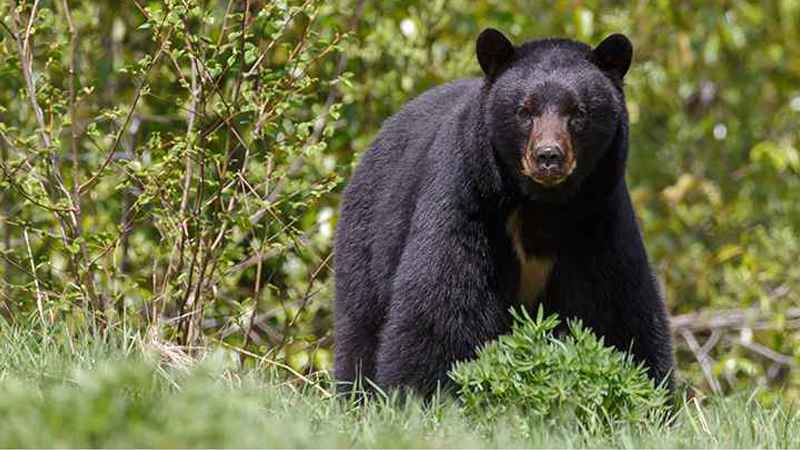
In nature, body fat is a valuable commodity
Riding a mountain bike on animal trails through the woods is a longtime favorite workout. My trusty bike easily absorbs surprise stones and logs hidden beneath the new-fallen autumn leaves. This type of workout is also a great way to see wild animals without spooking them from afar. Apparently, the differing gait and smooth approach of a cyclist does not spark fear the same way that someone on foot does. Deer, turkey, even daylight bobcats and owls, are content to watch with little concern. But stop riding and touch the ground, and these same animals swiftly scatter.
One day, while riding down a large hill, I was shocked by a bear that jumped out from just in front of my right side. He came out of nowhere, which, of course, cannot be true. How he’d managed to hide from view among the thin forest trees was not my immediate concern. This enormous creature, one of the largest I have ever seen, and probably double my weight, was within a few scary feet of me, luckily running remarkably fast in a different direction. My stress reaction was so intense I tasted it.
The big bear could have had me for lunch. Fortunately, he was not directly threatened and escape was his best option. Also, it was midday and not mealtime. This bear seemed to have other things in mind, and almost appeared groggy despite his quick movements. He seemed headed for hibernation.
It was late autumn and the big bear’s body was a shaking mass of fat, ready for a long winter’s nap. His earth-pounding flight shook the ground and reverberated through me as I stood with one foot on the ground and the other hanging off the bike’s top bar. Beneath his thick black fur was a jello-like layer of wobbly fat. If I’d not been in such a high state of alert, I would have laughed.
I knew this bear had been raiding the ripe honeybee hives throughout the countryside. He was not the only bear to taste those sweet treats in this area, and a good reason to be extra careful when traveling these trails.
Why do animals, including humans, have such an intoxicating sweet tooth? It’s not our only taste-craving — fat is the other. Both are built in to our brains, and very much related. Nature knows why. Sweet foods quickly turn to fat, which is the best fuel to energize a healthy body. When consumed, especially in moderate and large amounts, sweets help the body store more fat for winter hibernation.
Bears really do love honey, the sweetest treat in a natural habitat, turning much of it into body fat. In a totally natural environment, bears will seek out wild bee hives in trees or rocks throughout the woods all autumn long. The concentrated carbohydrates offer a rapid way to fatten up in the fall for the long winter sleep. Fat provides more than twice the energy as protein and carbohydrates combined. About half the honey they gulp down may turn to fat and be stored. Essentially, this same process occurs in humans.
Like humans, bears have a metabolism that slows in the fall, initiating hibernation. Reduced sunshine and daylight, and colder temperatures help trigger the process. Slowing metabolism encourages the building of even more body-fat stores.
In nature, body fat is a valuable commodity. I am not referring to the fact that rendered bear fat, or lard, currently sells for $224 per pound – this does not do its value justice. Stored fat is vital for better body function on many levels, including physical support of organs and glands, protection of bones and muscles, and for the regulation of hormones, reproductive functions, and even body temperature. It is only when we do not have enough of it – or too much – that health is adversely affected.
Bears burn off their massive fat stores throughout their hibernating winter, and wake in the spring relatively lean. When people don’t burn enough of body fat, we are no longer lean, we become fatigued, and many aspects of health, all of which are quite dependent upon continuous energy, wane.
Fortunately, I never saw the monster bear again. Instincts may have told him to move to quieter quarters, especially since the beekeeper was giving up battling the autumn bears and moving his hives elsewhere. But the image of the powerful, jello-like running bear remains with me forever.
Philip Maffetone








